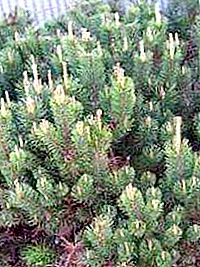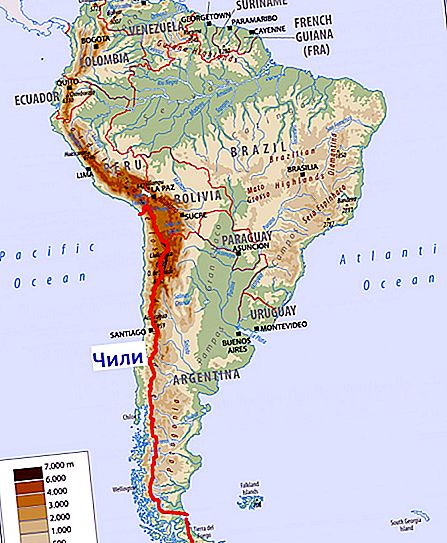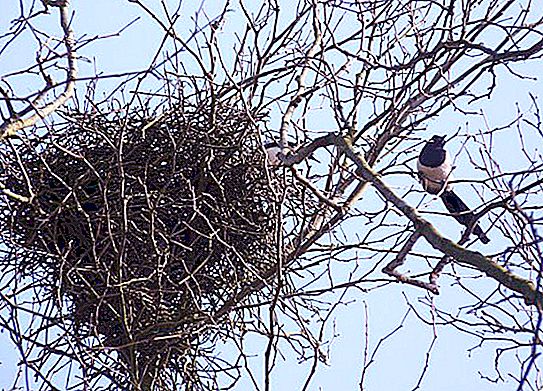Monuments of Rostov attract a large number of tourists annually. In addition, the city has something to see. There are enough amusing old monuments and new compositions that attract visitors with a freshness of thought and an original idea. We will talk about the most interesting of them in this article.
Rostov-on-Don
But before talking about the monuments of Rostov, a few words about the city itself. This is the largest settlement in the Russian south, is the administrative center of the Southern Federal District. It has the status of a city of military glory.
The city was founded in 1749 by decree of Empress Elizabeth Petrovna. It lies on the banks of the Don, less than 50 kilometers away the river flows into the Sea of Azov. One million 125 thousand people live in the city, and this is only according to official information. This is a large industrial, scientific and educational center and an important transportation hub in this part of the country.
Unofficially, it is called the "Gateway of the Caucasus" and the southern capital of Russia. In recent years, it has regularly been among the leaders in the ranking of the quality of the urban environment, and Rostov's monuments, which compare favorably with many other Russian cities, contribute to this.
Alexander Column
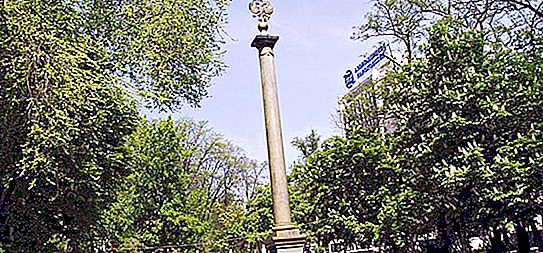
The Alexander Column is located in a park named after Viti Cherevichkin. It was opened in 1894, it still remains the only pre-revolutionary monument that survived over the years of Soviet power. Nowadays, it has received the status of an object of cultural heritage.
This monument was opened in Rostov on the same day as the monument to Empress Catherine II. Only Catherine has not survived to our days, in Soviet times she was removed from the pedestal, replacing Karl Marx.
The monument to the Alexander Column was dedicated to the 25th anniversary of the reign of Emperor Alexander II. Therefore, the park in which he appeared was immediately called Alexandrovsky.
This is a column 11 meters high, made of solid granite. Above it is crowned with the emblem of Russia. The column is mounted on a square pedestal.
The author of this monument is the architect Nikolai Durbakh, it was made in one of the Rostov workshops. Surprisingly, after the advent of Soviet power, it was not demolished, unlike other monuments. They just dismantled the plaques and removed the double-headed eagle. In 1994, a large-scale reconstruction was carried out. Today it is one of the symbols of Rostov.
Kumzhensky memorial
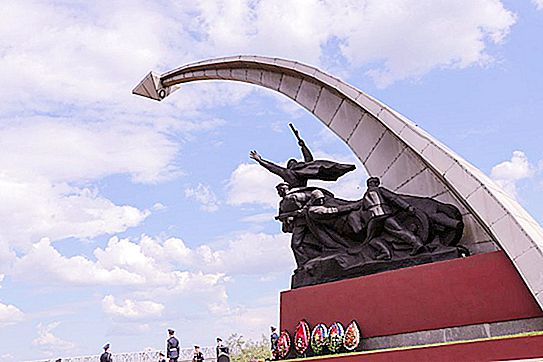
A special place among the monuments in Rostov-on-Don is occupied by the Kumzhensky memorial. It is located in the Zheleznodorozhny district of the city. Appeared in 1983 in memory of the Red Army soldiers who liberated Rostov in 1943.
The memorial complex includes a mass grave. The monument itself consists of four stelae of Glory, the Sturm monument and memorial plates with the numbers of combat units that participated in the battles for the city.
The central part of the memorial is the Sturm monument. On a pedestal of granite is a group of soldiers who are sent to attack. Above them rises a metal arrow 18 meters high. It symbolically indicates the direction of the main blow of the Soviet troops.
In the sculptural group, which goes on the attack, the real defenders of the city are depicted. Company commander, Lieutenant Vladimir Milovidov, political instructor from Abkhazia Alexander Nozadze, machine gun company commander Aleksey Filippov.
Monument to the founders of the fortress Dimitry of Rostov
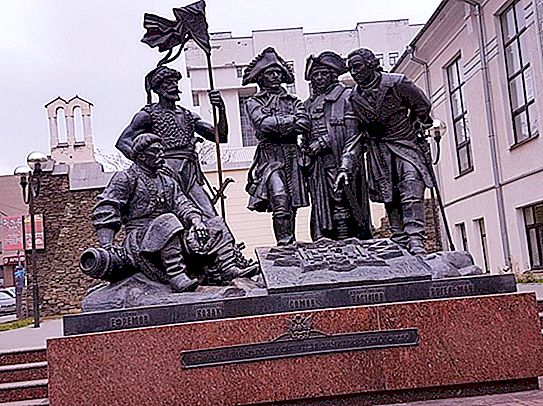
This monument appeared in the city center relatively recently, in 2009. It is dedicated to the founders of the city - it is the construction manager of the fortress Alexander Rigelman, the very first commandant of Rostov, Ivan Somov, the customs chief Vasily Hastatov and the commander of the Don Army Danila Efremov with his adjutant.
The composition was installed exactly on the spot where in the old days the fortress of St. Demetrius of Rostov was located. The monument is a bronze sculptural composition weighing five tons. On it, the sculptor was able to capture the moment of discussion of the plan for the construction of the future fortress, which served as the basis for the modern city.
This is a classic urban sculpture, which does not quite look like a monument in the traditional sense of the word. A small pedestal rises quite a bit above the road.
Monument to Pushkin
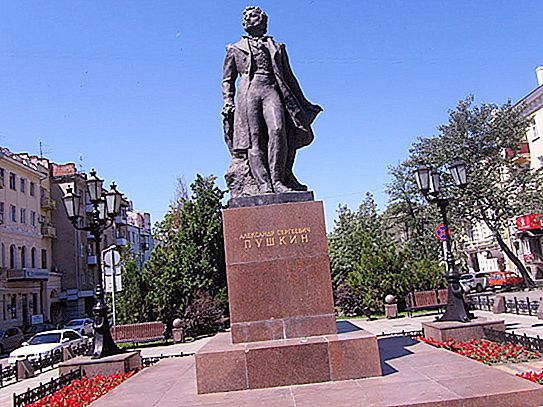
Rostov is also famous for its own monument to Pushkin. It is located at the intersection of Voroshilovsky Prospekt and Pushkinskaya Street. Its author is the sculptor Gabriel Schulz. It appeared in 1959, becoming the first monument of literary subjects in the city, later a monument dedicated to the writer Anton Chekhov appeared.
The sculpture of the poet is made in a classical manner. It is cast in bronze, and the pedestal is made of granite.
Gregory and Aksinya in the boat
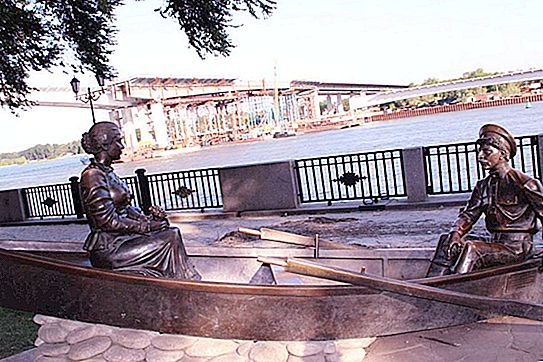
There is also a sculptural composition in Rostov dedicated to the events of the novel by Mikhail Sholokhov "Quiet Don", the events of which unfolded in these surroundings. It is located on the right bank of the Don in the city center. The author of the monument is sculptor Sergey Oleshni.
In 2013, the sculptural composition was installed near the river station. Interestingly, she became the third monument to the characters of the “Quiet Don” in Rostov-on-Don. This, like other monuments, appeared in the city as part of a project to improve and improve the environment.
The sculptural composition is made of stone and bronze and illustrates an episode from a novel by a Russian writer. Aksinya Astakhova and Grigory Melekhov, in love with each other, sail in a rowboat along the Don. Aksinya has an elegant dress, which is decorated with lace and ruffles, and in the hands of a small and neat bouquet.
Gregory is sitting at the stern of the boat in military uniform. The figures of the characters of the writer are made of life-size bronze. Between them there was a bench, which is often used by tourists and locals to take pictures with the characters of the novel.
A peculiarity of the composition is that the bow of the boat is placed on a pile of stones and slightly raised, and the asymmetric base is made of concrete, tiled. The monument was often criticized for the fact that the depicted episode from the novel has nothing to do with the city itself, but over the past years the sculptural composition has taken its rightful place in the list of Rostov-on-Don sights.
Stela "City of Military Glory"
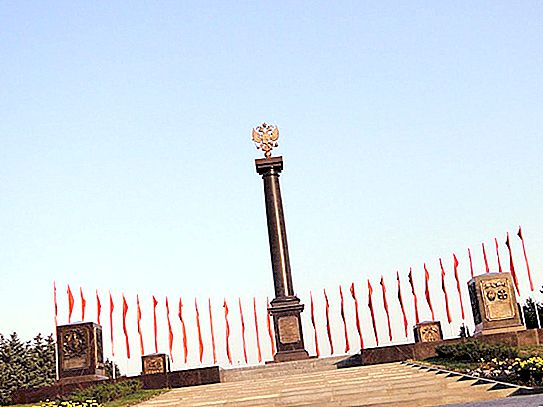
The title of "City of Military Glory" Rostov-on-Don received in 2008. After that, in accordance with the decree of the Russian president, steles made according to a single project were to be installed in all cities. Several options were considered where it was supposed to appear, but in the end it was installed in front of the airport building.
The monument is a round column made of red granite. Its height is six and a half meters. At the top is the bronze coat of arms of Russia.
The column stands on a square pedestal, on one side of which the emblem of the city itself is depicted, and on the other - the text of the presidential decree on conferring the city an honorary title.
The column is surrounded by bas-reliefs on the theme of the military history of Rostov and the victory over the Germans in the Great Patriotic War.
The choice of a place for the appearance of a stele on it was due to the fact that it was the airport that was in the direction of the main attack of the North-Eastern front group. The stele was inaugurated in 2010 on the eve of the 65th anniversary of victory in the war. The square on which the memorial was erected was called the Square of Military Glory.
Tachanka
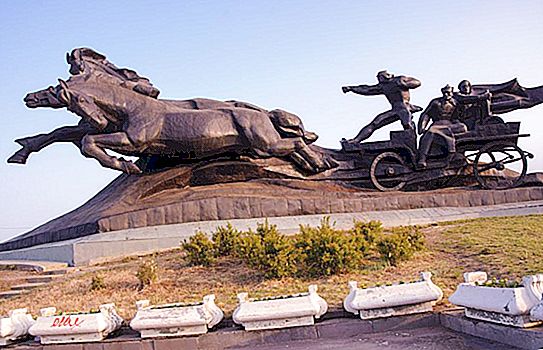
One of the most unusual monuments of Rostov is Tachanka-Rostovchanka. It was built on the 60th anniversary of the victory of the First Cavalry Army in the Civil War.
The monument was inaugurated in 1977. It is entirely made of plaster, and inside it is hollow. On top of the sculptural composition is covered with a sheet of copper. The monument is located right at the entrance to Rostov-on-Don.
A large creative group of sculptors and architects worked on the monument. The Soviet sculptor Vladimir Batyay and the architect Ibalakov led everything.
The total height of the monument is 15 meters; in 2009, a large-scale restoration was carried out here.

